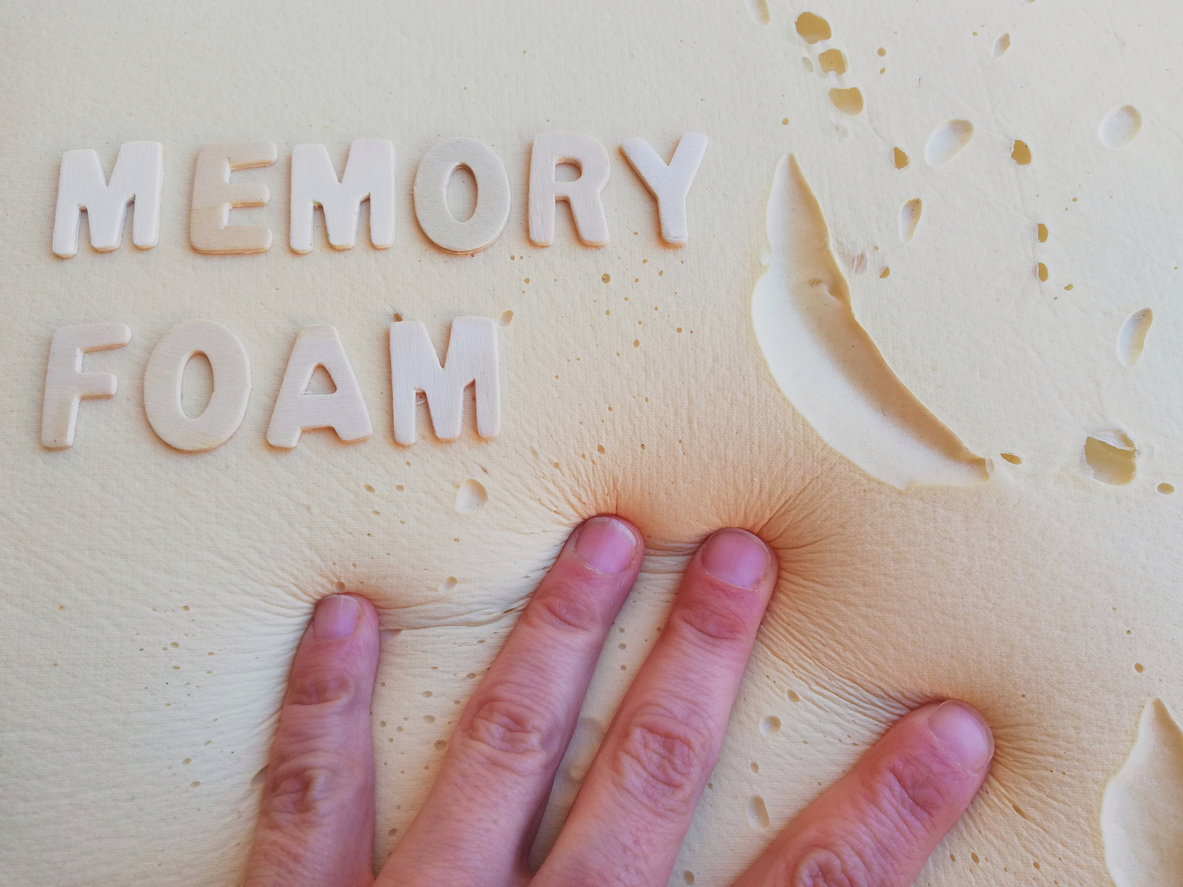As a consumer, you have almost unlimited options for your bedding experience, starting with your mattress. Mattresses are available in a wide range of sizes, materials, shapes and technologies. So how do you choose the right one for you? Should you buy one with coils or memory foam? These are two of your biggest options on the market. We asked the experts at Dreamology how these options compare.
What is memory foam?
Memory foam was developed by NASA engineers in the 1960s. It is formally called synthetic viscoelastic memory foam, a type of polyurethane foam that consists of an airflow-friendly open bubble cell. This material is used for bedding, reacting to your body weight and temperature, conforming to your shape to cushion pressure points.
The benefits of memory foam brands like mlily include:
- Shaping to your body to cradle you as you sleep
- Relieving pressure points using cushioning soft material
- Isolating motion to prevent sleep disruption for couples
- Excellent support for side sleepers
Memory foam also has some drawbacks. These include:
- Less effective at heat transfer
- Slow response to movement, possibly making getting off the bed or moving to new positions more difficult
- Slight odour for some brands, particularly when new
- More expensive than other types

What are Coils?
Coils, formerly called springs or innersprings, are a more traditional style of mattress. These have provided sleep cushioning for consumers since 1871. Like predecessors in this category, coils use a continuous coil construction involving multiple rows of curved wires. When you sit or recline on coils, these wires contract and bind together like any other spring. By doing so, the coils form a supportive network of individual springs working together as a system.
Coil mattresses have improved over the years, and they continue to evolve. Today’s models are pocketed coil systems that provide better isolation of motion for greater comfort. These mattresses also provide better support for high weight people and those with back problems. If your body heat rises during your slumber, this type of bedding promotes airflow to help you stay cooler.
Benefits of coils include:
- Affordability
- Slightly bouncy, providing better responsiveness
- Firm and supportive
- Cooler than most other types
Drawbacks of innersprings include:
- Too firm for some people
- Noisier during movement when compared to memory foam
Should I buy an innerspring or memory foam bed?
A memory foam model is the best option if you need support but want more cushioning and comfort. Base layers of memory foam mattresses contain higher density foam, making them comparable to coils in overall support, compression and alignment. Foam provides better relief for your pressure points and isolates motion for couples’ improved sleep.
Coils have been around since bedding consisted of cotton tufts, down or straw. This makes them the oldest technology in the industry. They also endure because of their quality. People who tend to get hot while they sleep prefer coils for their airy, open-cell design. This is a benefit over foam, which is dense and traps heat. But innersprings are made of metal, making them potentially less comfortable in some ways and unable to provide the extreme cushioning of foam.
Deciding on your ultimate choice is never easy. Memory foam models are much more commonly bought by consumers today, when compared to innersprings. Memory foam is also available in a range of support, from very cushiony and soft options to models just as firm as coils. The best way to know which type suits your lifestyle and comfort needs, simply visit a retailer and try both types for yourself.